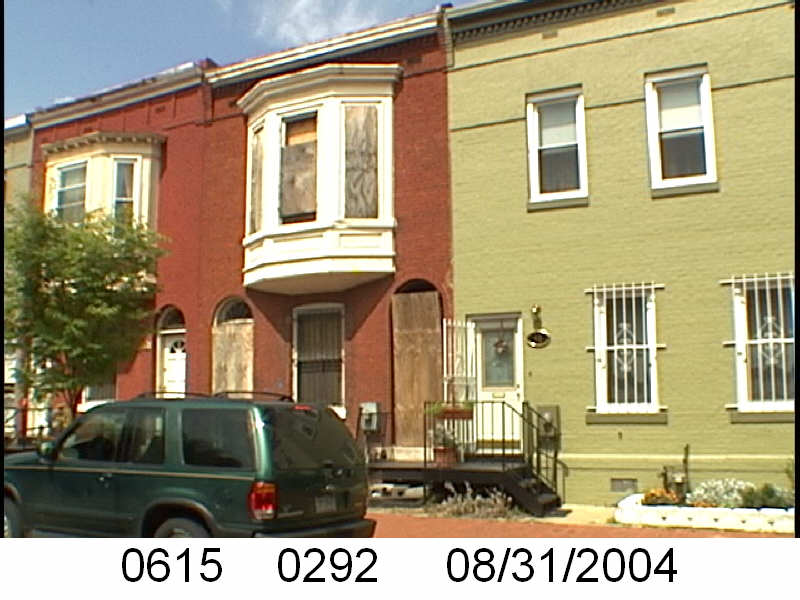The Washington Sanitary Improvement Company houses sold by the Colonial Investment Company, made up of Nathaniel J. Taube, Nathan Levin and James B. Evans used trustees Abraham H. Levin and Robert G. Weightman. Early on, I was not aware of a connection between Nathan and Abraham H. Levin. Currently, I am aware that Nathan and Abraham were brothers.
When Nathan Levin died in 1956, he was replaced by Harry A. Badt in the paperwork for further foreclosures and sales of WSIC Truxton Circle houses. In researching Badt, I found the brotherly connection.
According to a 1946 ad, Colonial Investment Co. was established in 1925. So starting there, I looked for him in the papers. In 1933 Abraham Levin passed the bar. The next year he married Naomi Lillian Bersh. He worked for the Census Bureau. In the 1940s he went into real estate, obtaining his license in 1945.
His brother, Nathan Levin, died while in court in 1956. The May 13, 1956 reported that Abraham was in the room when it happened. Nathan was president of the Colonial Investment Company and executive vice president of the Colonial Mortgage Corporation.
According to Abraham’s obituary he returned to federal service in the 1960s, working for HUD. He died in 1998.
Abraham H. Levin was one of two trustees who issued mortgages to African Americans purchasing Truxton Circle homes from the Colonial Investment Company. His name was on countless foreclosures.

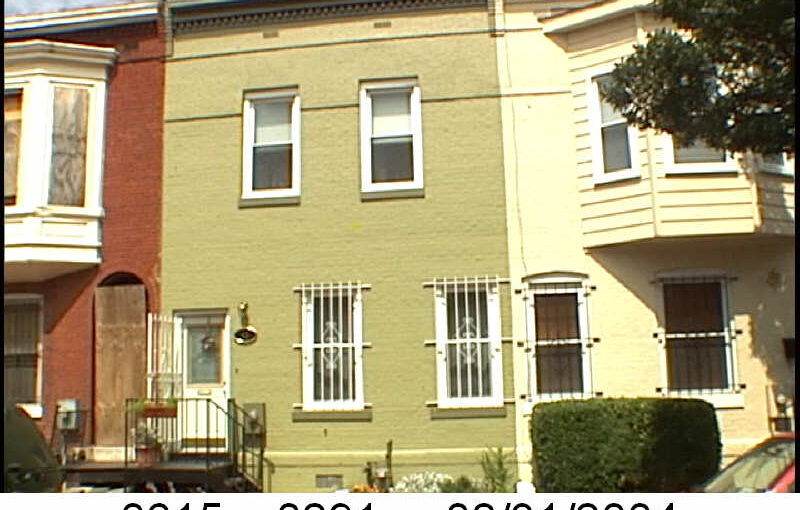
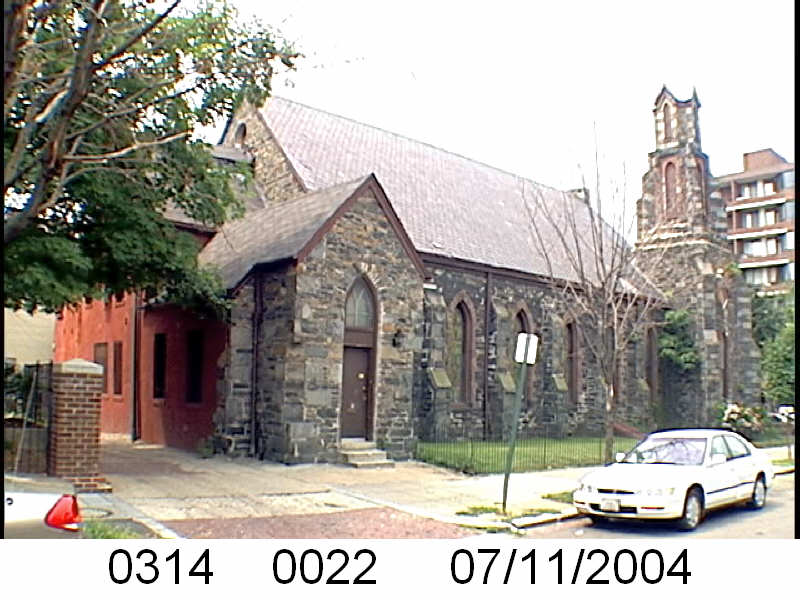
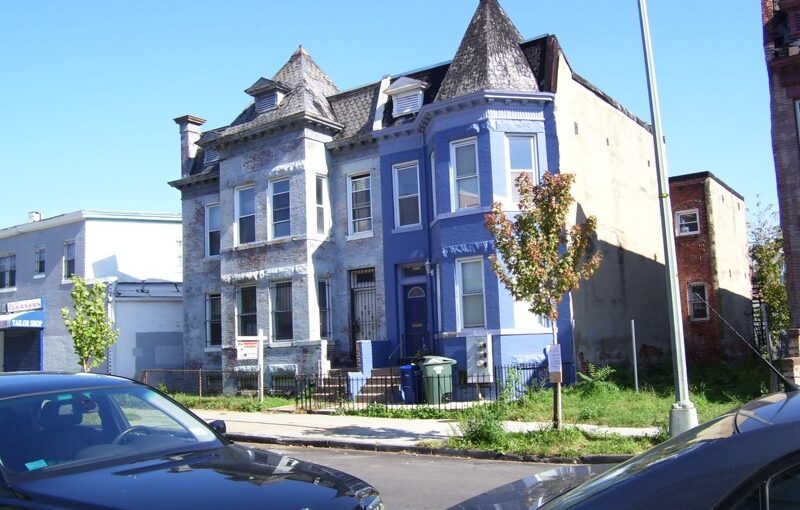
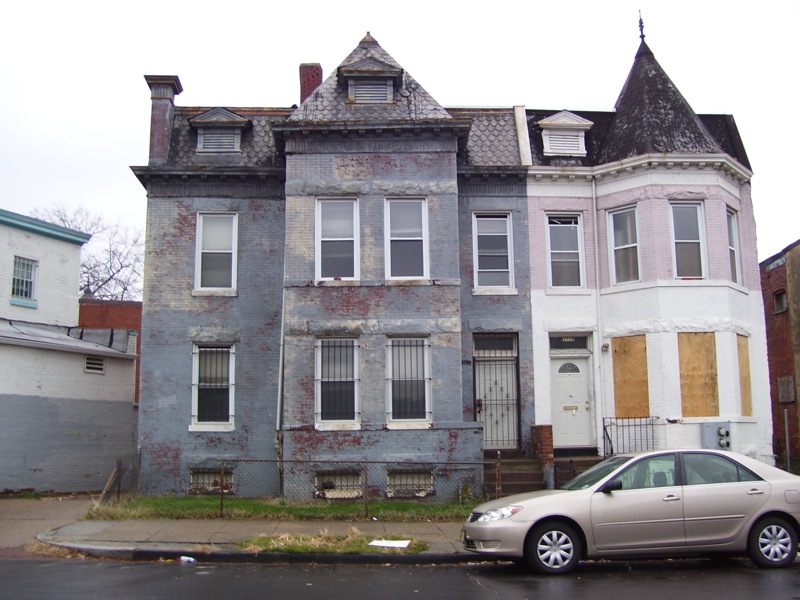
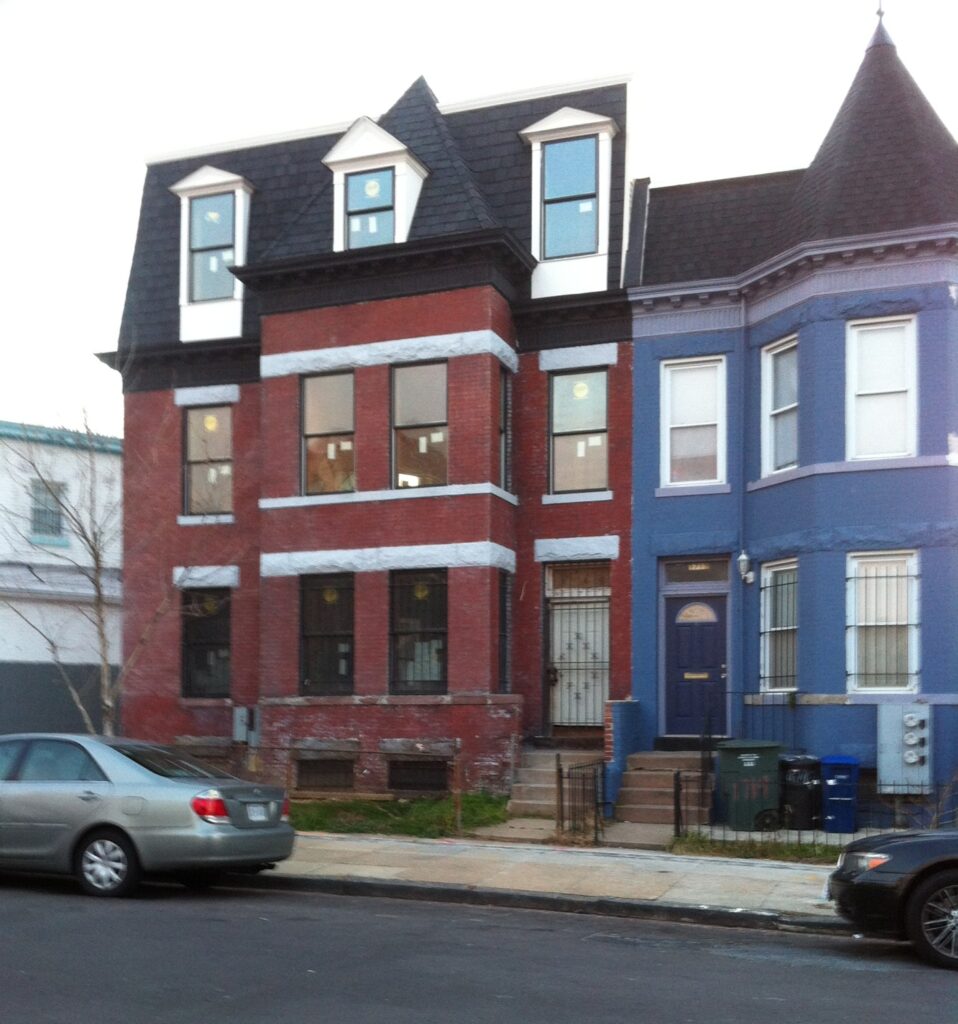

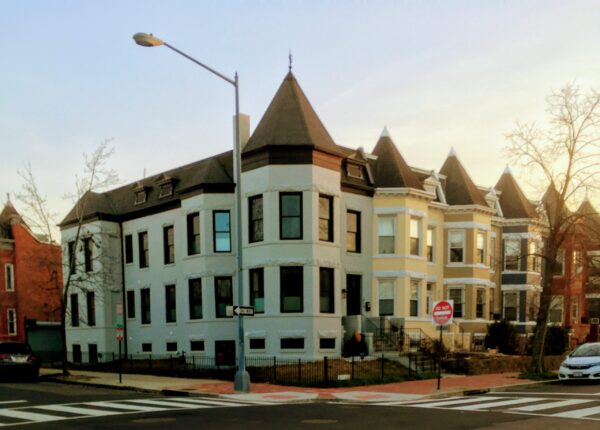
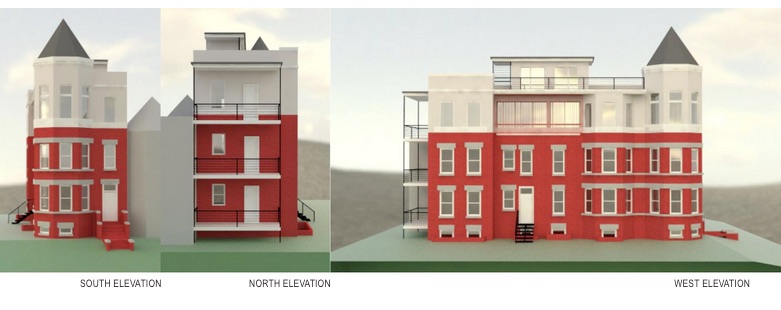
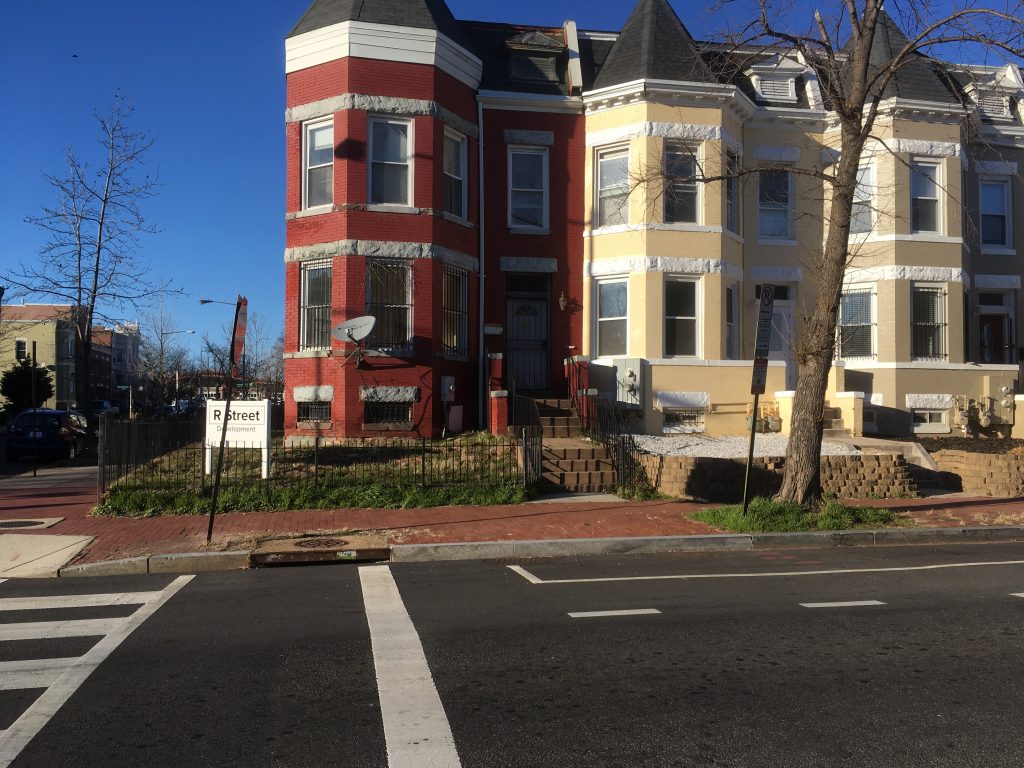


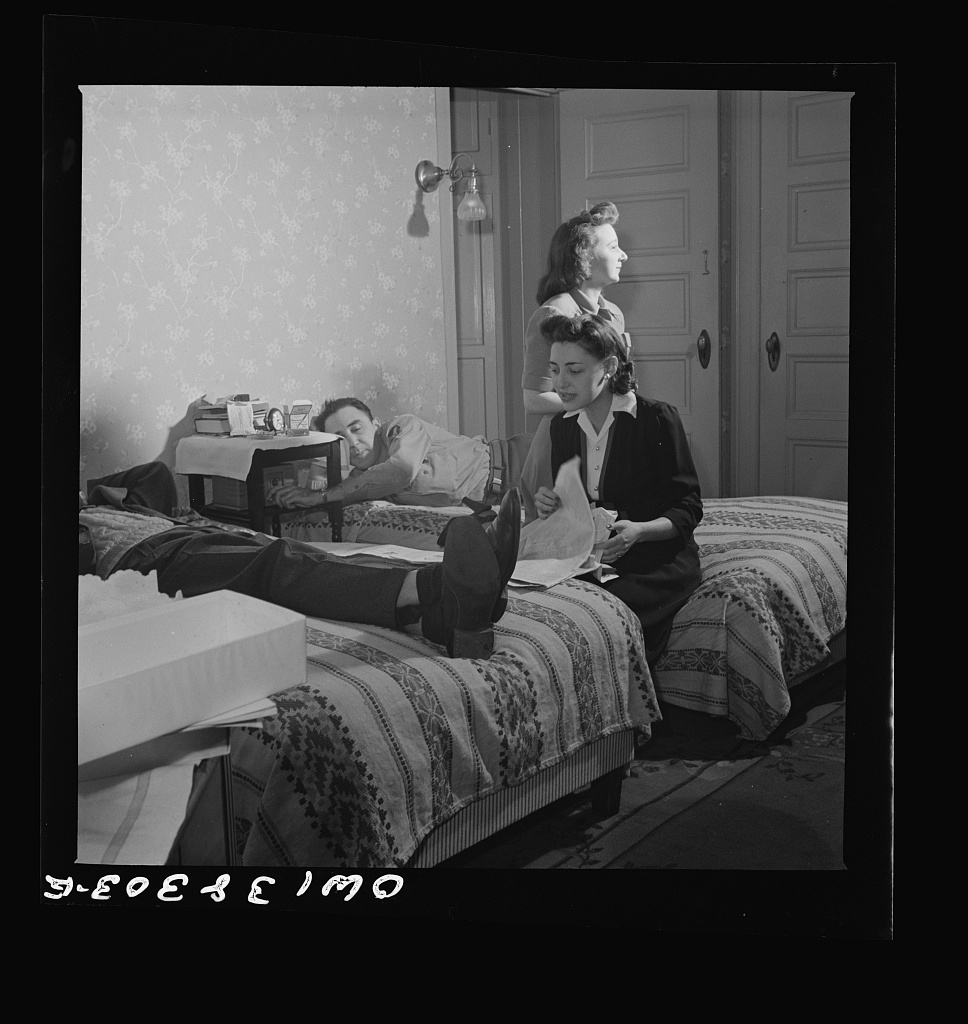
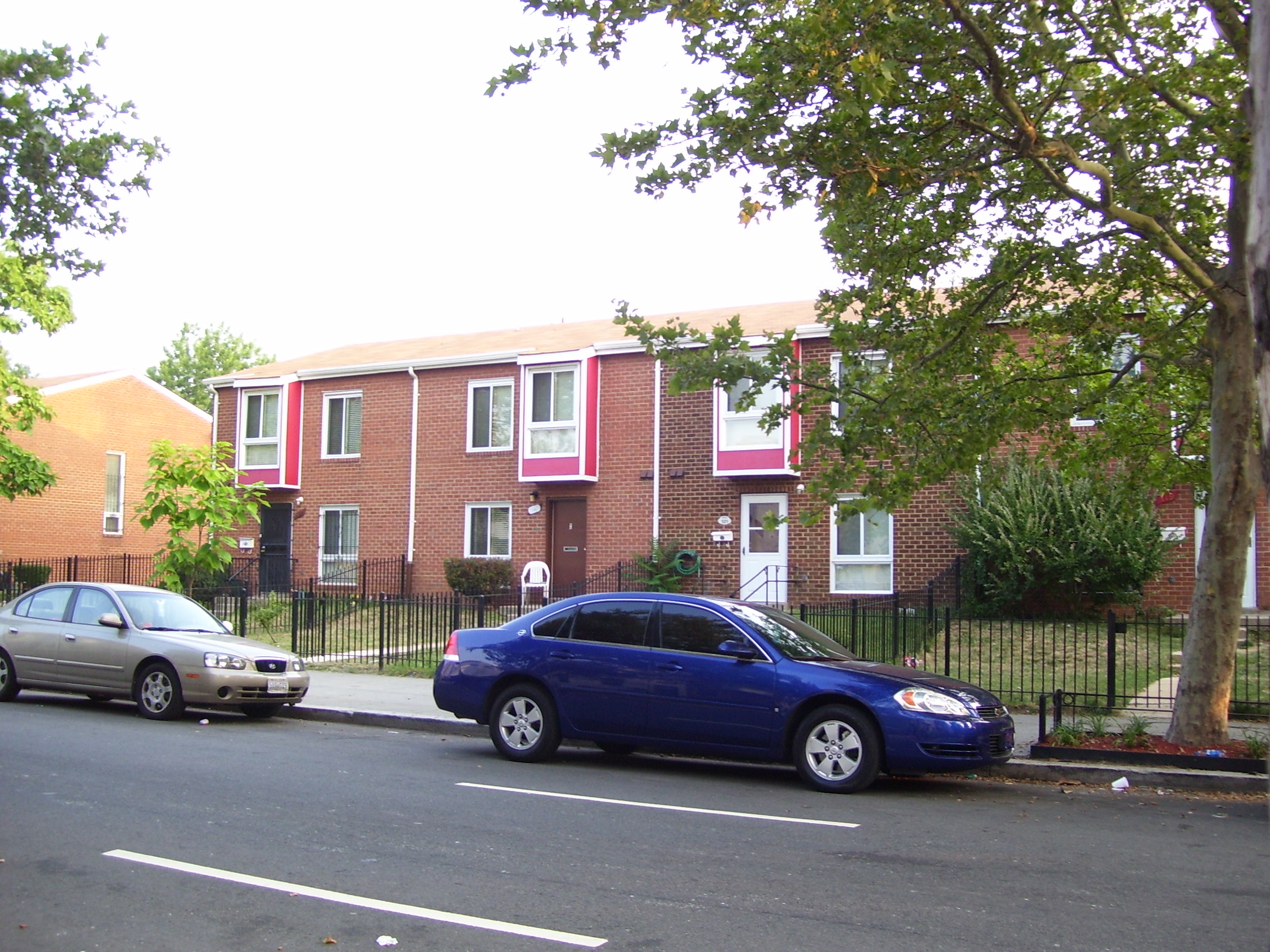


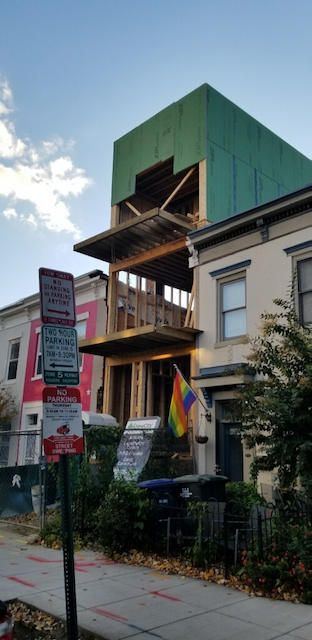


 45 Bates St NW is on square 615 in Truxton Circle. During the time of WSIC’s ownership it sat on lot 134. Currently it is now lot 292.
45 Bates St NW is on square 615 in Truxton Circle. During the time of WSIC’s ownership it sat on lot 134. Currently it is now lot 292.